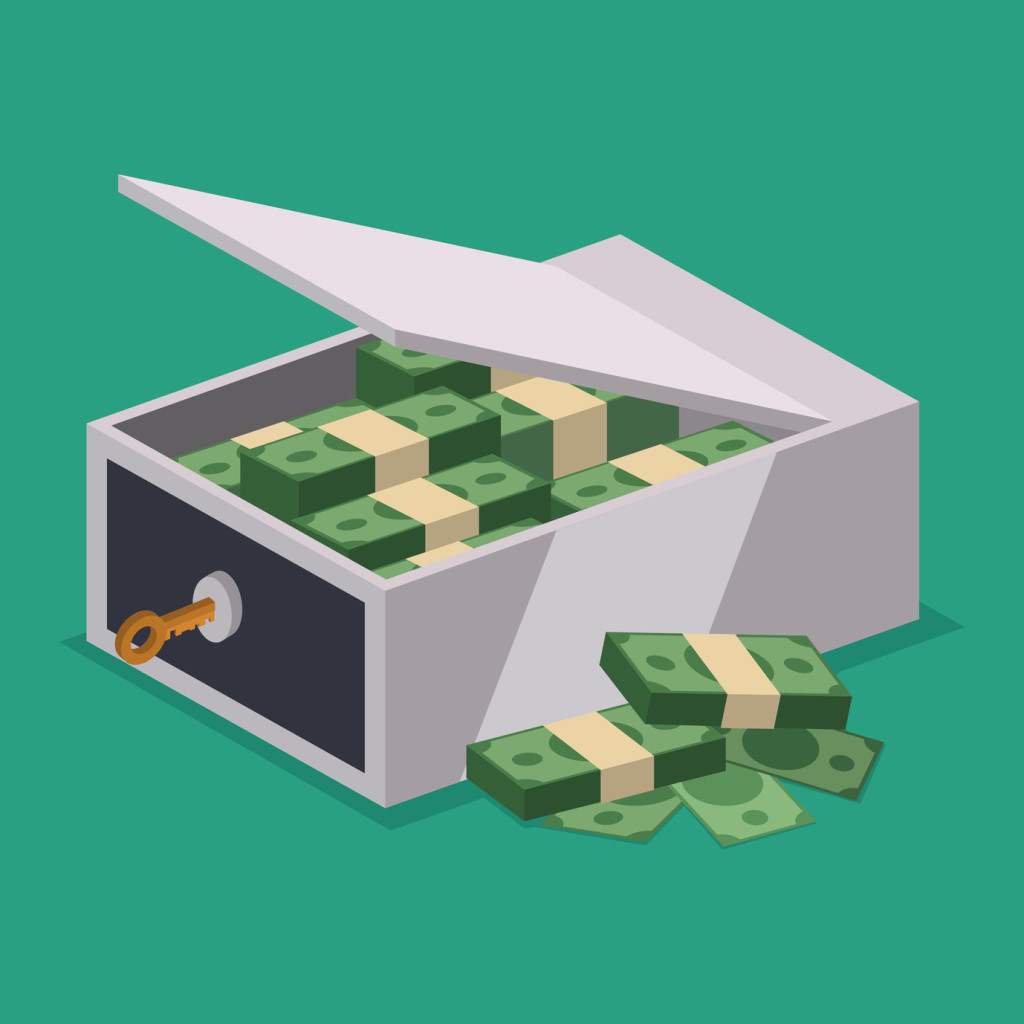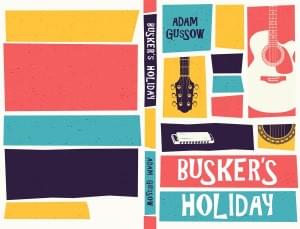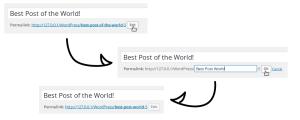
Several years ago, I got tired of the feast or famine cycle and not being able to predict my income from month-to-month. I couldn’t create a budget, couldn’t plan for retirement or large purchases, and I found myself spending money I shouldn’t be spending when money was rolling in.
This need for a consistent, predictable income is something that I missed from my prior employments and something I desperately wanted back in my freelancing life. Plus, I wanted to leave my emergency fund alone, keeping it funded but not having to dip into it just to pay my bills.
It was then that I decided to pay myself a flat amount each and every month, just as employers do for employees. This allowed me to get paid a flat, predictable amount every month and help iron out the financial woes and stress from the freelancing feast or famine cycle. It also allowed me to save for things such as major purchases, taxes, and keeping a solid emergency fund.
If you’ve been a freelancer for any length of time, or are hoping to become a freelancer soon, you are probably well aware of the feast or famine cycle that comes with this lifestyle. Some months you will have a lot of income rolling in, while others you are barely making enough to cover the bills (or even less).
Why Freelancers Should Have a Backup Paycheck Fund
Freelancers are often told that they (and everybody, really) should have an emergency fund that can cover expenses for six months set up for when emergency strikes. If some crisis hits you or your family and you’re unable to meet your financial obligations, you have some money set aside to take care of the situation.
These emergency funds come in handy when you lose a job or client, or experience a health crisis, natural disaster, fire or damage to your home, or a car wreck, among other things.
Freelancers should keep an emergency fund for these events, and continuously keep that fund topped up at a pre-determined amount. How much money you allocate depends on your family size, your level of insurance (health, life, home, and business), how strong your savings account is, and how regularly you experience emergencies — not always a predictable factor, but you’ll have some insight based on your circumstances, such as the age and state of your car.
With all of this time and effort put into saving for a disaster or crisis, freelancers shouldn’t depend on their emergency fund to help pay everyday expenses when they find themselves in a shortfall month. Emergency funds are for emergencies, and a cyclical pattern such as feast or famine doesn’t and shouldn’t constitute an emergency.
For freelancers, the system I describe below works well for those who find themselves constantly dipping into their savings or emergency funds just to pay ordinary bills when they’ve had a bad month or two. While you should still be working to find new clients, continually marketing yourself, and always managing your cash flow, sometimes it just isn’t enough and you need extra help.
How to Create a Backup Paycheck Fund
The way to do this is to create what I like to call a “backup paycheck fund.” For me, this fund ensures that I can pay myself a flat rate every month on which my budget can depend. During good months, income that exceeds the flat rate is set aside, and during bad months that stockpile tops up the flat rate.
Calculating Your Take-Home Pay
To get started, determine the amount you should pay yourself every month that will keep you living comfortably. This will take some math and require tweaks here and there, but since you’re your own boss, it’s important to determine how much you will be paid monthly.
Start by calculating your personal bills and expenses (whether they are annual, monthly or weekly or strike on some other schedule), how much you want to put into your savings, and any other financial requirements you need to keep in mind. Add it all together for a year (or six months then multiply by two), then divide by 12 to get your average monthly expenses.
Another way is to find out exactly how much you took from the business to pay your personal bills over the last six months, multiply that number by two (to get an estimate for the year), and then divide by 12 to find out how much on average you needed to pay your bills per month.
I recommend trying both of those methods to see how close those numbers are. It’s likely that the money you took out of your business is higher than the amount you paid in expenses. You can ensure that you don’t have a leash around your neck nor make too much money available to yourself to spend by taking those two numbers and calculating the average to arrive at your paycheck amount. This should serve as a great starting point.
Ensure You’re Not Living Beyond Your Means
Once you have that number, make sure your income can support it. Take your income for the past six months, multiply that by two (to get an estimate for a year), then divide by 12 to get your average monthly income. Is the number you came up with for your paycheck more or less than the average monthly income you currently receive?
If your paycheck amount is more than your average monthly income, then you need to look into either finding more clients to earn more income, or reducing your personal expenses (or a combination of both).
If your average monthly income is more than your paycheck amount, will you still have enough left over from your income to pay your business expenses, put money aside for emergencies, and pay your taxes? If not, then you should look into cutting expenses and/or increasing your revenue.
It takes some math, some time to take stock of your financial situation and its trends, and practical testing to make sure that you can pay yourself the same amount every month and still meet all of your personal and business financial responsibilities. You’ll likely have to adjust this number as you get familiar with this system, but don’t use this as an excuse to dig into your stockpiled cash.
Make a Savings Plan
Once you’ve determined your paycheck amount, make a commitment to start paying yourself that amount at the same time every month and don’t vary from that amount. Treat yourself as an employee and set a specific day of the month to pay yourself.
During the prosperous months, tuck some money back into your new backup paycheck fund. The money you put back here will help cover any shortfall you may have in your paycheck in the future.
The way you fund it is entirely up to you, but make it as important to fund as your emergency fund or other saving endeavours. My approach was to take a percentage of my gross revenue each month and put it into my fund. Once the fund could cover four paychecks, I reduced the percentage slightly while continuing to fund the account.
You may opt to put a flat amount in there every month (say, $500), use a percentage basis, or calculate using some other method. It doesn’t matter how you calculate the amount as long as you’re adding to the backup paycheck fund every month.
When Trouble Strikes
What happens during the lean months, when you may not be able to pay yourself the full paycheck? This is when your backup fund comes into play. If you’re only able to make about half of your monthly average income, then pay your business bills and pay what you can toward your paycheck. Any difference between your income and your pre-determined rate of pay comes out of your backup paycheck fund.
It’s important to keep the following in mind:
- It takes time to get the numbers that you stockpile and pay yourself just right.
- Always be building up your backup paycheck fund, just like your emergency fund. You can set goals for this. My goals were to put 10% of my gross revenue in there until I reached four paychecks, then reduced to 7% until I reached eight paychecks, then reduced to 5%, where I left it.
- Keep track of how much you have in your backup paycheck fund using a spreadsheet to make knowing how much you have and need to save easier to track.
- Find ways to reduce your expenses and/or increase your income to keep your income and expenses realistically balanced. If you live beyond your means, you’ll never have a fund!
- Don’t dip into your emergency fund unless it is an absolute necessity.
With this system in place, you can balance out your income spikes and protect yourself from feast or famine cycles, allowing you to rely on your budget with peace of mind in your personal life, and you’ll finally be able to keep your emergency fund untouched and fully-funded in case a real emergency.
 Amber Leigh Turner
Amber Leigh TurnerOwner and Creative Director of January Creative in Nashville, Tennessee, Amber has been a self-employed graphic and web designer for over 14 years, starting early in her collegiate career. Amber has a unique passion for not only all things design, but all things business as well. Freelancing as a student gave Amber an opportunity to write a student freelancing book, appropriately named Students Freelancing 101: A Start to Finish Course to Becoming a Student Freelancing, to help other students who want to start freelancing.




